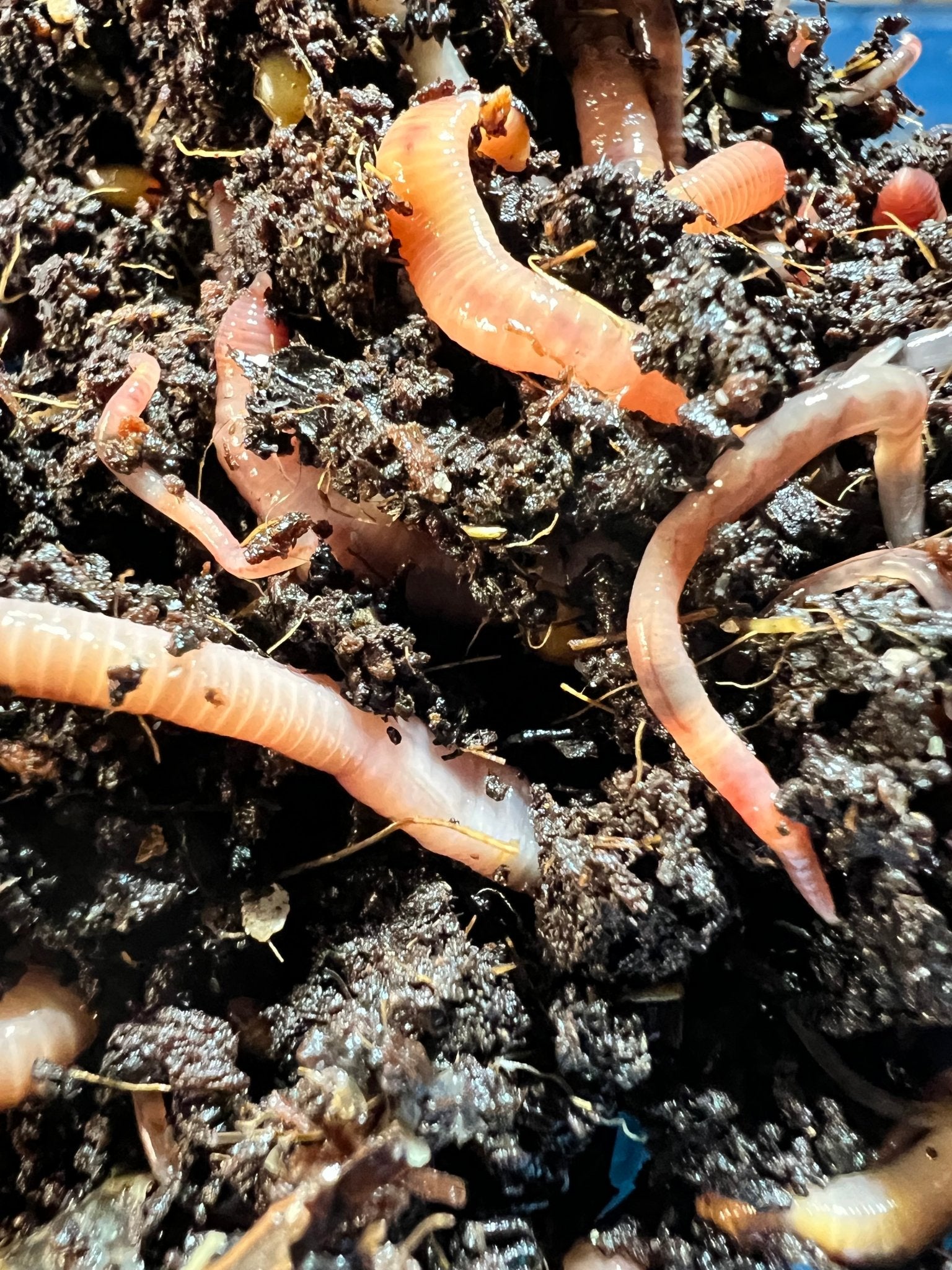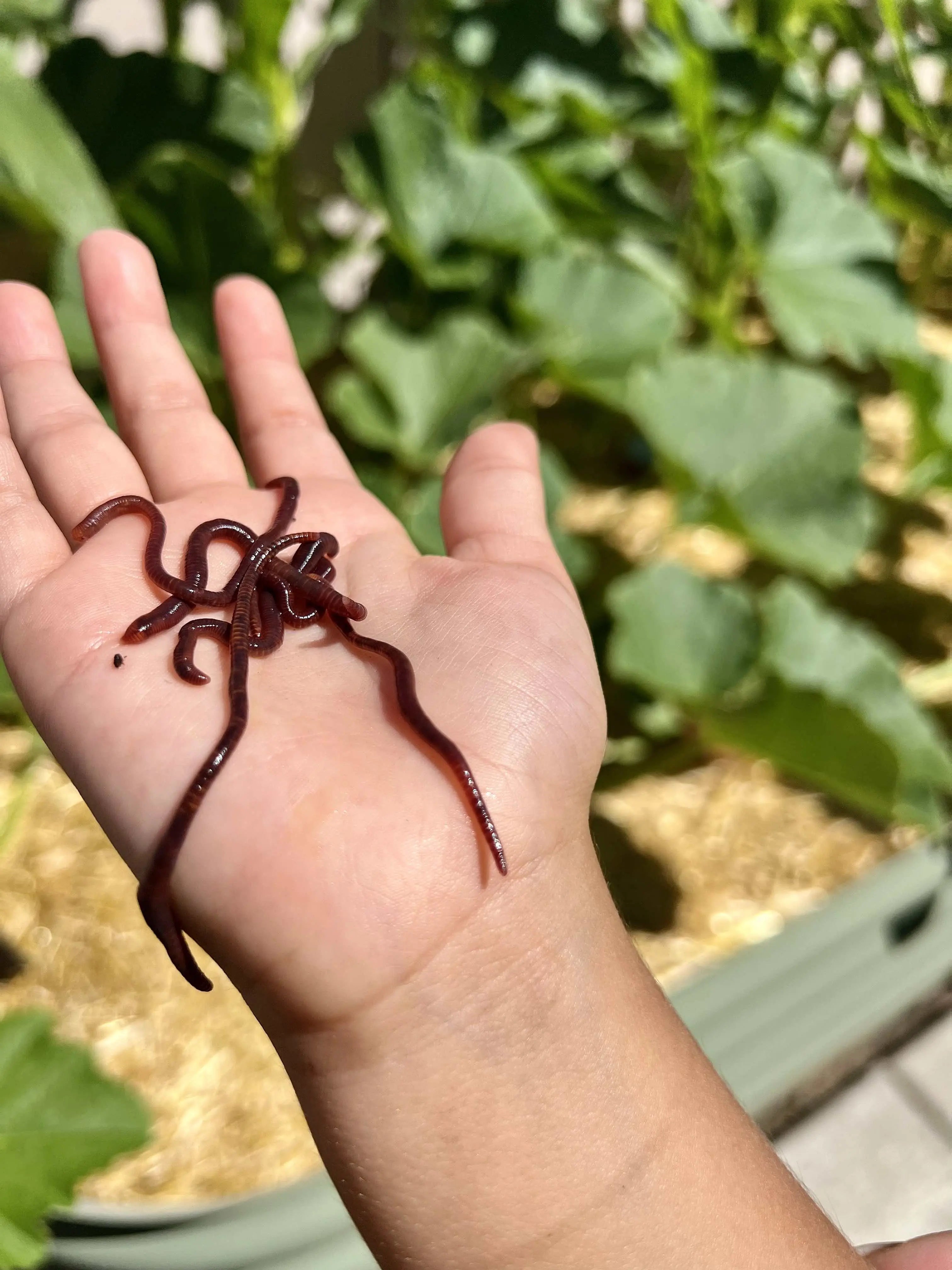How Red Wigglers Can Transform Your Composting Experience
The assimilation of red wigglers into composting methods provides a transformative approach to lose administration and dirt enrichment. Understanding the specific needs and benefits linked with keeping a prospering worm populace is crucial for optimizing their capacity.
Benefits of Red Wigglers
Red wigglers, scientifically known as Eisenia fetida, are a keystone of efficient composting systems as a result of their amazing capacity to decay natural matter successfully. These worms succeed in transforming kitchen area scraps, lawn waste, and other organic products right into nutrient-rich compost, generally described as worm castings. Lake Hickory Bait. This process not only minimizes landfill waste but likewise adds to sustainable horticulture practices
One of the main benefits of red wigglers is their high reproduction rate, allowing them to inhabit a composting setting swiftly. This quick multiplication boosts decay rates, resulting in faster compost manufacturing. Additionally, red wigglers grow in a diverse range of conditions, making them adaptable to different composting configurations.

Establishing Your Worm Container
(Red Wiggler Express)To develop an effective worm container for composting, mindful interest must be provided to its style and setting. A perfect worm container should be built of products that are sturdy yet enable needed air flow, such as plastic or timber. The size of the bin can vary, however a quantity of roughly 1 square foot per pound of worms is an excellent starting factor.
Ensure that the bin has drain openings to avoid water accumulation, which can lead to anaerobic problems detrimental to the worms. Additionally, including air flow openings will certainly assist keep appropriate humidity degrees and oxygen flow.
Following, it is important to give bedding for the worms, which can consist of shredded newspaper, cardboard, or coconut coir. This bed linen not just offers a habitat for the worms yet also aids in dampness retention.
Position the worm container in a place that keeps a temperature variety of 55-77 ° F(13-25 ° C) to optimize worm activity. Prevent placing the container in straight sunshine or extreme temperature levels. By following these guidelines, you can create a helpful atmosphere for red wigglers, enhancing the performance of your composting process.
What to Feed Your Worms

(Red Wiggler Express)Red wigglers particularly delight in soft, moist foods like watermelon rinds, cucumber peels, visit here and banana peels. It is essential to prevent feeding them citrus fruits, onions, and garlic, as these can be detrimental to their well-being. In addition, cooked foods, milk products, and meat ought to be strictly stayed clear of, as they can cause odors and draw in parasites.
To maintain optimal problems, it's recommended to cut larger scraps into smaller sized pieces, facilitating quicker disintegration. Begin by introducing little amounts of food and monitor the worms' usage price; change accordingly to stop overfeeding, which can produce an unhealthy setting. Supplying a regular feeding routine will certainly help maintain your worm population thriving while improving the general performance of your composting initiatives. By understanding what to feed your worms, you lay the groundwork for a successful and lasting composting experience.
Preserving a Healthy Habitat
Developing a growing composting atmosphere for red wigglers requires focus to their environment, as it straight affects their health and performance. The ideal environment ought to keep a balanced wetness level, normally in between 60-70%. Extreme dampness can cause anaerobic problems, while inadequate dampness may dehydrate the worms.

The bed linen material in the garden compost need to be varied and shredded, integrating products like cardboard, paper, and coconut coir. This not just gives a comfy setting however also acts as a food source. Lake Hickory Bait. Frequently checking for odors or signs of parasites can assist determine potential problems before they escalate
Lastly, keeping a well balanced pH level, ideally in between 6 and 7, makes certain a conducive habitat for red wigglers, promoting their capability to process raw material efficiently. By resolving these elements, you can create a sustainable and efficient composting ecological community.
Harvesting and Using Compost
Harvesting compost from a worm bin is a gratifying process that changes natural waste into nutrient-rich material for gardens and plants. This can be done making use of methods such as the "light" method, where worms are drawn in to light and can be scooped away from the top layers, or by relocating the compost to one side of the container and including fresh bedding to the other side, motivating the worms to migrate.
Once the worms are removed, the remaining compost can be filtered to get rid of any kind of bigger bits or undecomposed material. The end product ought to have a dark, crumbly appearance and an enjoyable earthy odor, suggesting that it is all set for use. This rich garden compost can be used straight to yard beds, mixed right into potting soil, or made use of as a leading dressing for potted plants. By incorporating vermicompost right into your gardening techniques, you not only enhance soil fertility but additionally promote healthy and balanced plant development and sustainable horticulture methods.
Verdict
Integrating red wigglers into composting practices dramatically enhances the disintegration process and adds to the production of nutrient-rich vermicompost. The resulting worm castings improve dirt framework, fertility, and microbial task, eventually advertising much healthier plant development.